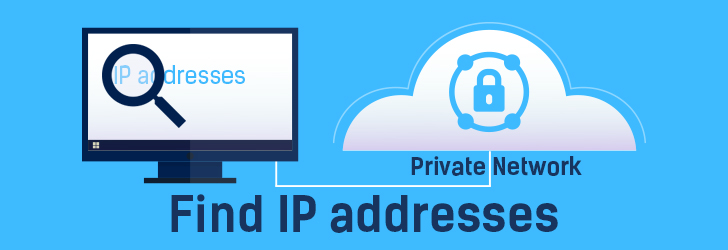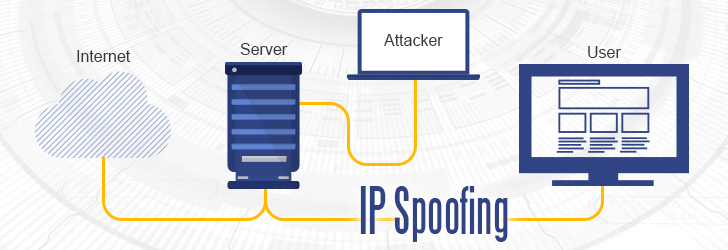
You have a private or public network with servers and workstations that are assigned static and dynamic IP addresses (either private or public IPs). You assigned them the static IP addresses due to NAT (Network Address Translation) or for public access, and dynamic IP addresses via the DHCP. Even if you kept a good record of those assigned IPs, there are times when you want to find all IP addresses of networked devices. The following procedure may be used to determine IP addresses of networked devices that are connected to your network.




